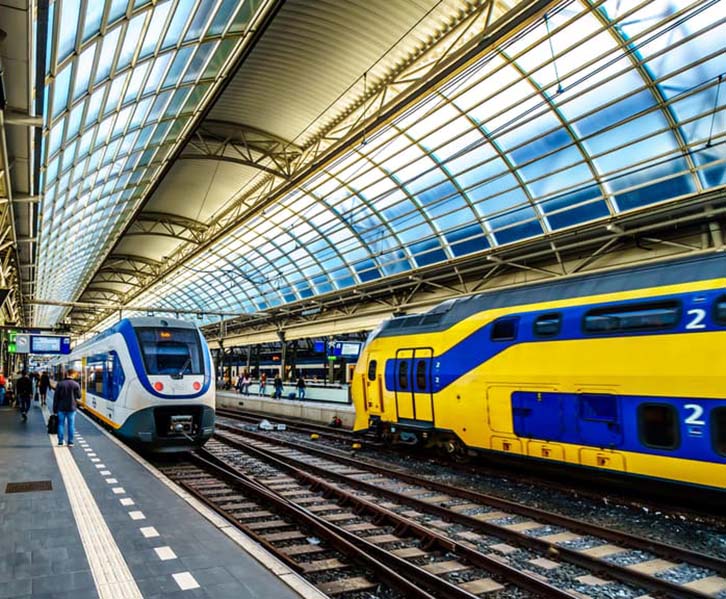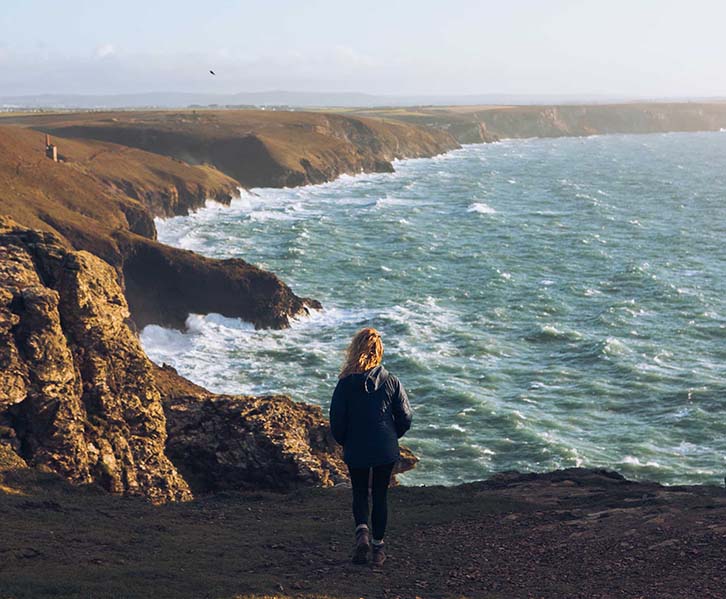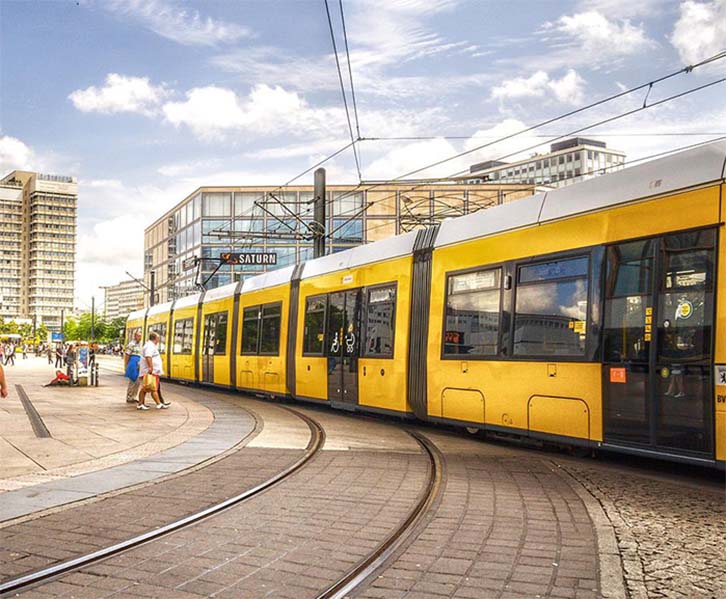Utrecht, a vibrant city in the heart of the Netherlands, is a delightful mix of historic charm and modern conveniences. As someone who recently explored this beautiful city, I found getting around Utrecht both easy and enjoyable. Whether you’re a first-time visitor or a seasoned traveler, understanding the city’s transport options will enhance your experience and help you make the most of your time in Utrecht. In this comprehensive guide, I’ll walk you through everything you need to know about getting around Utrecht, including public transport, cycling, walking, taxis, and more.
1. Public Transport: The Backbone of Utrecht
Public transport in Utrecht is efficient, reliable, and well-connected, making it an excellent choice for navigating the city. The main modes of public transport include buses, trams, and trains.
Buses:
Utrecht’s bus network is extensive, covering virtually every part of the city and beyond. The buses are operated by U-OV, the primary public transport company in Utrecht. Buses are frequent, especially during peak hours, and you can easily find a bus stop within a short walk from most places in the city.
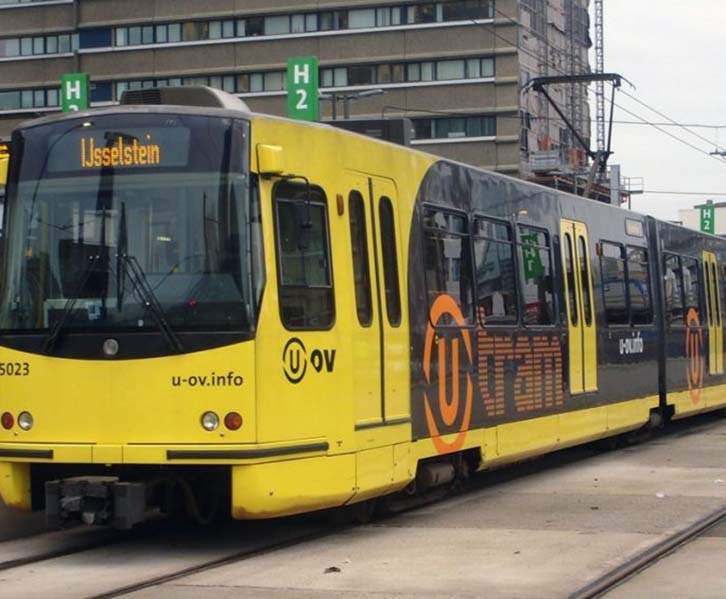
One of the things I appreciated about Utrecht’s buses is their punctuality. The digital displays at bus stops provide real-time information, so you know exactly when your bus is arriving. Fares are reasonable, and you can pay using an OV-chipkaart, which is a rechargeable smart card used for all public transport in the Netherlands. If you’re staying in Utrecht for a few days, consider getting an anonymous OV-chipkaart, which you can top up and use on buses, trams, and trains.
Trams:
Trams are another excellent way to get around Utrecht, particularly if you’re traveling between the city center and the suburbs. The tram network is not as extensive as the bus network, but it’s fast and convenient, especially for routes that go to popular areas like Nieuwegein and IJsselstein.
One of my favorite aspects of traveling by tram in Utrecht was the scenic routes. The trams glide through picturesque neighborhoods, offering a glimpse of daily life in the city. Like buses, you can use your OV-chipkaart to pay for tram rides, and the fares are the same.
Trains:
Utrecht is a major railway hub in the Netherlands, and the train station, Utrecht Centraal, is one of the busiest in the country. Trains are ideal for getting to nearby cities like Amsterdam, Rotterdam, and The Hague, but they are also useful for getting around Utrecht itself.
For instance, if you’re staying in a suburb or on the outskirts of the city, taking a train to Utrecht Centraal and then switching to a bus or tram is often the quickest way to get to your destination. The trains are frequent and well-maintained, with clear signage in both Dutch and English.
I found the train system particularly useful for day trips outside Utrecht. With connections to almost every part of the Netherlands, Utrecht Centraal makes it easy to explore the country. If you plan on traveling frequently by train, consider getting a Dutch Railways (NS) discount card, which can save you money on fares.
2. Cycling: The Dutch Way of Life
Cycling is more than just a mode of transport in Utrecht; it’s a way of life. With flat terrain, dedicated bike lanes, and a bike-friendly culture, Utrecht is one of the best cities in the world for cycling. As a visitor, renting a bike is a fantastic way to explore the city like a local.
Renting a Bike:
There are numerous places to rent a bike in Utrecht, from bike shops to rental stations at Utrecht Centraal. Prices are reasonable, with most rentals costing around €10-€15 per day. Some rental shops also offer weekly rates, which are more cost-effective if you’re staying in Utrecht for an extended period.
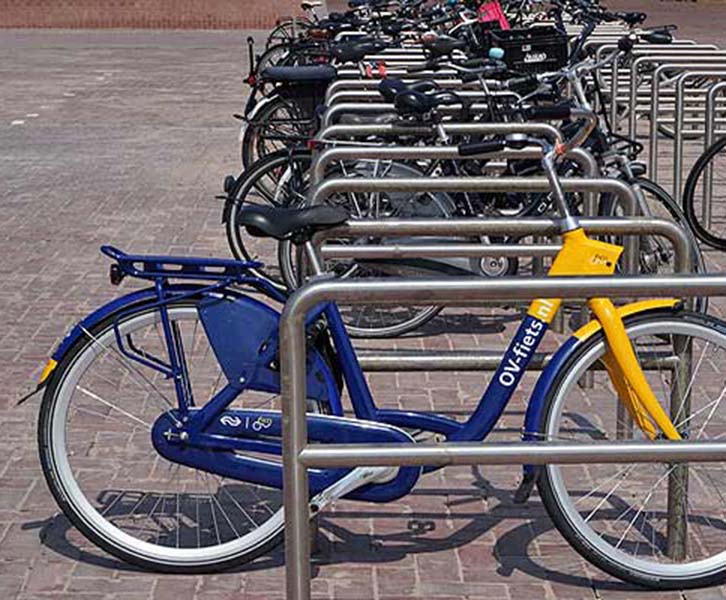
I rented a bike from a shop near the train station, and the process was straightforward. Most shops require a deposit, and you’ll need to show some form of ID. Helmets are not mandatory in the Netherlands, but they are available upon request if you prefer to wear one.
Cycling Routes:
Utrecht has an extensive network of cycling paths that are well-marked and separate from motor vehicle traffic. This makes cycling in the city safe and enjoyable, even for those who might not be regular cyclists. Some of the most popular cycling routes include:
- Oudegracht Canal Route: This scenic route takes you along Utrecht’s historic canal, Oudegracht. It’s a leisurely ride that offers beautiful views of the water, historic buildings, and charming cafes.
- Utrecht Science Park Route: If you’re interested in modern architecture and green spaces, the route to Utrecht Science Park is perfect. It passes through the Wilhelminapark, one of the city’s most beautiful parks.
- Leidsche Rijn Route: For a more suburban experience, this route takes you through the new district of Leidsche Rijn, with its modern homes, parks, and shopping areas.
Bike Parking:
Utrecht is serious about cycling, and this is evident in the ample bike parking facilities throughout the city. The bike parking at Utrecht Centraal is the largest in the world, with space for over 12,000 bikes. Smaller bike racks can be found near almost every public building, park, and shopping area. When parking your bike, always use a good lock, as bike theft can be an issue in any major city.
Cycling in Utrecht gave me a unique perspective on the city. The freedom to explore at my own pace, combined with the accessibility of almost every part of the city by bike, made it one of the highlights of my visit.
3. Walking: The Best Way to Discover Utrecht’s Hidden Gems
Utrecht is a compact city, and many of its attractions are within walking distance of each other. Walking is not only an efficient way to get around, but it also allows you to soak in the city’s atmosphere, discover hidden gems, and experience the local culture up close.
City Center Exploration:
The city center of Utrecht is a pedestrian-friendly area filled with narrow streets, historic buildings, and charming squares. Walking around this area is a delight, with each corner revealing something new, from quaint cafes to boutique shops. The Dom Tower, the tallest church tower in the Netherlands, is a central landmark that you can use to navigate the city.
One of my favorite walks was along the Oudegracht canal. The canal is lined with wharf cellars that have been converted into restaurants, shops, and galleries. Walking along the water, especially in the early evening, offers a peaceful and picturesque experience.
Parks and Green Spaces:
Utrecht is also home to several beautiful parks, perfect for a leisurely stroll. The Griftpark, located just north of the city center, is a large green space with walking paths, a pond, and even a small zoo. Wilhelminapark, to the east, is another lovely spot for a walk, with its English-style gardens and wide open lawns.
Walking through these parks was a refreshing break from the hustle and bustle of the city. It’s also an opportunity to see how locals relax and enjoy their time outdoors.
Guided Walking Tours:
If you prefer a more structured experience, Utrecht offers several guided walking tours that focus on different aspects of the city. Whether you’re interested in history, architecture, or food, there’s a tour for you. I joined a historical walking tour that took us through Utrecht’s medieval past, including a visit to the Dom Tower and the old city walls. The guide was knowledgeable and passionate, making the experience both educational and entertaining.
4. Taxis and Rideshares: Convenient but Costly
While public transport and cycling are the most common ways to get around Utrecht, there are times when you might need the convenience of a taxi or rideshare. Taxis are available throughout the city, particularly at train stations, major hotels, and popular tourist spots.
Taxis:
Utrecht’s taxis are generally reliable and safe, but they can be expensive compared to other modes of transport. The initial fare starts around €3.50, with additional charges per kilometer. If you need a taxi, you can either hail one on the street, find one at a taxi stand, or call for one. Some companies also offer apps for booking, which can be more convenient, especially during peak times.
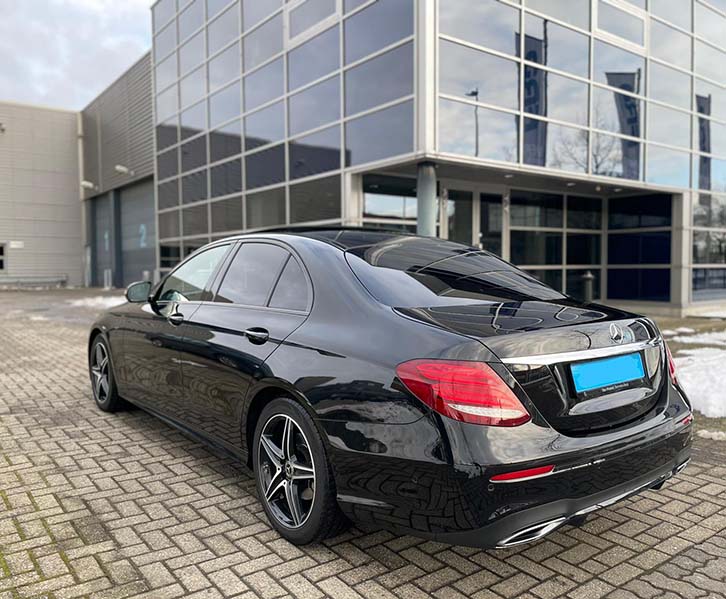
During my stay, I used a taxi late at night to get back to my hotel after a long day of exploring. The ride was comfortable, and the driver was friendly, offering tips on places to visit. However, I was glad that I didn’t rely on taxis for my daily transport, as the costs would have added up quickly.
Rideshares:
Rideshare services like Uber are also available in Utrecht. They tend to be slightly cheaper than traditional taxis, especially for short distances. The Uber app works the same way as in other cities, and it’s a good option if you prefer cashless payments and knowing the fare in advance.
I used Uber a couple of times, and the experience was smooth and efficient. The cars were clean, and the drivers were professional. It’s a good option for getting around, especially if you’re traveling with luggage or in a group.
5. Additional Transport Options
Utrecht offers a few other transport options that might be useful depending on your needs and preferences.
Car Rental:
While not necessary for getting around the city center, renting a car can be a good idea if you’re planning to explore the surrounding countryside or other parts of the Netherlands. There are several car rental agencies located at Utrecht Centraal and throughout the city.
I didn’t rent a car during my visit, but I can see how it would be useful for day trips to nearby attractions like the De Haar Castle or the Utrechtse Heuvelrug National Park. However, parking in Utrecht can be challenging and expensive, so it’s best to use public transport within the city.
Boat Tours:
Given Utrecht’s beautiful canals, taking a boat tour is both a transport option and a sightseeing activity. Several companies offer guided boat tours that take you through the city’s canals, providing a unique perspective on Utrecht’s history and architecture.
I took a boat tour along the Oudegracht canal, and it was one of the highlights of my trip. The guide shared fascinating stories about the buildings along the canal, and the views from the water were stunning. If you’re visiting Utrecht, I highly recommend including a boat tour in your itinerary.
6. Tips for Navigating Utrecht’s Transport System
Here are a few tips that I found helpful during my stay in Utrecht:
- Plan Your Route: Before heading out, use apps like Google Maps or the 9292 public transport app to plan your route. These apps provide real-time information and can help you choose the best mode of transport.
- Use an OV-chipkaart: If you’re staying in Utrecht for more than a day, get an OV-chipkaart. It’s the most convenient way to pay for public transport, and it can be used on buses, trams, and trains throughout the Netherlands.
- Be Mindful of Cyclists: Utrecht is a cycling city, and cyclists have the right of way. Always check for bikes before crossing the street or stepping out of a building.
- Enjoy the Walks: Don’t be afraid to walk. Utrecht is a compact city, and walking is often the best way to explore its hidden corners and soak in the local atmosphere.
- Consider the Time: Peak hours can be busy, especially on public transport. If possible, plan your travel outside of these times to avoid the crowds.
Getting around Utrecht is a breeze, thanks to its efficient public transport system, bike-friendly infrastructure, and walkable city center. Whether you’re hopping on a bus, cycling along a canal, or simply strolling through the streets, Utrecht offers a range of transport options that make exploring the city enjoyable and stress-free.
